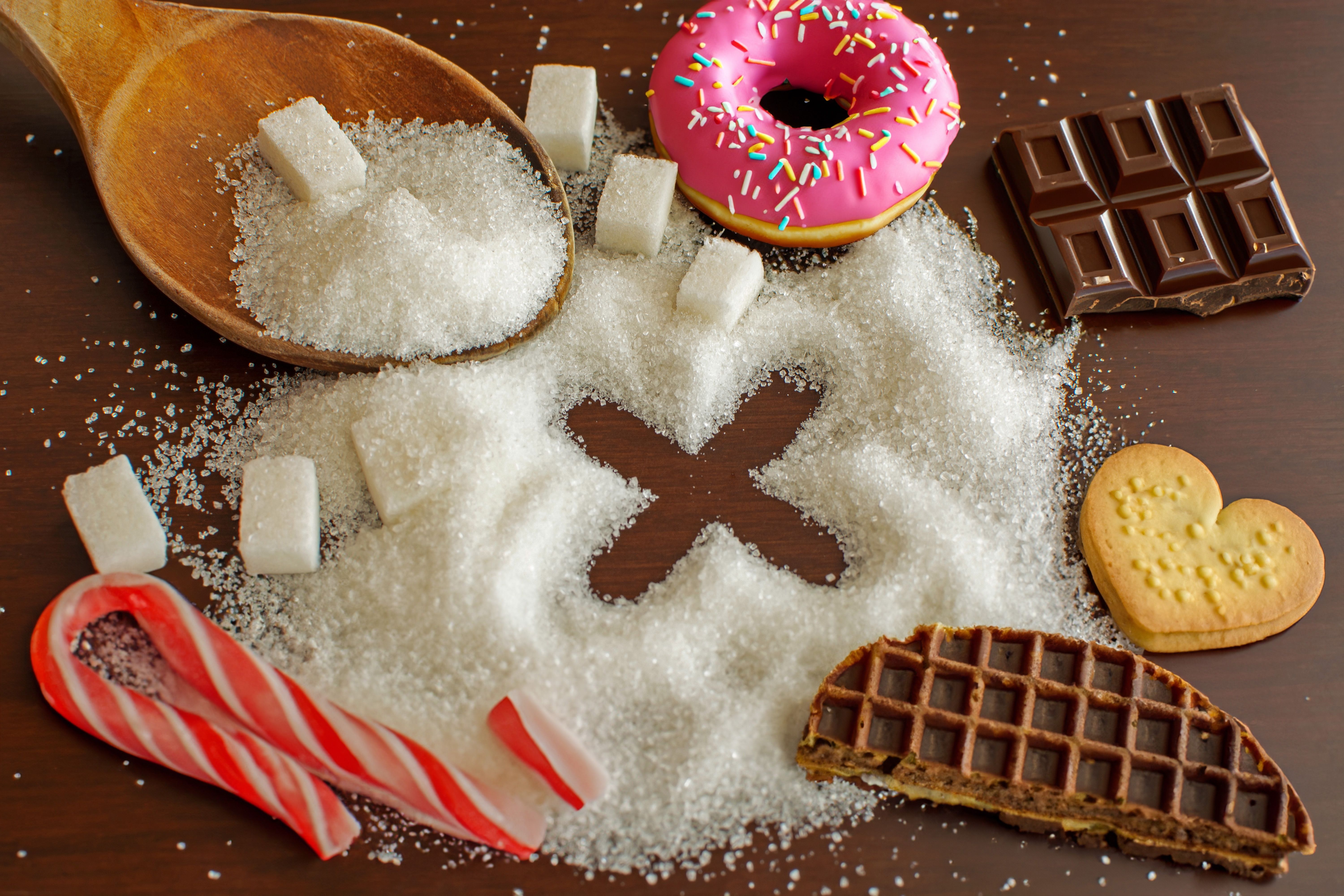'Less Healthy Food' Ad Ban: Brand Hack or Health Hazard?
11 August 2025
From January 2026, the UK’s new Less Healthy Food rules will ban certain ads after 9pm, block them online, and end multibuy offers on chocolate, ice cream, sugary drinks and crisps. But here’s the twist: brands can still advertise, if they don’t show or name the product, writes Ian Maskell, Founder, P E C O R I N O, and former VP Global Marketing, Unilever.
Less Healthy Food (LHF) advertising regulations (9pm TV watershed; online ban; multibuy ban) come into full effect across the UK in January 2026. This law restricts advertising for specific products - like chocolate bars, ice cream, sugary drinks and crisps – but leaves room for a powerful exception: brand-only advertising. Brands can advertise freely as long as they do not show or name a specific product.
This is a gift for brand builders. FMCG brands have become over-reliant on product ‘news’ & click bait to drive growth. New formats, flavours, limited editions and ‘healthier’ variants have over stretched & eroded many brands. LHF restrictions will force marketers back to the fundamentals of reinvesting in long-term brand equity.
Under these rules, Magnum cannot promote ‘this years concept’ before 9 pm or online, but it can run a cinematic campaign about ‘moments of pleasure’ using powerful visuals and emotional storytelling. For seasoned brand builders, this is familiar territory - opening the door for a return to the core disciplines of branding - identity, values, storytelling and cultural relevance. The foundations of strong, enduring brands.

Less chocolate but more logos????
The tighter constraints will reduce tactical clutter, forcing clearer, more consistent brand expression. With all competitors equally limited, those most skilled in the craft of brand builidng will enjoy a greater impact and build powerful & enduring loyalty. LHF regulations have the potential to strengthen brands and build the (profitable) core business.
Three standout examples serve as a creative blueprint to inspire brand builders navigating LHF regulations are Cadbury’s ‘Gorilla’, Guinness’s ‘noitulovE’ & Red Bull ‘Gives You Wings’. Three iconic campaigns that deliver a powerful emotional narrative without ever showing or mentioning the product. Each creates significant brand love and commercial impact. When marketers shift focus from product push to brand pull, they can create unforgettable work, without relying on packshots, flavour cues or product visuals.
The picture looks very different from a public health perspective. Health campaigners warn that brand advertising is a big part of the problem. If you build love and familiarity for a brand like Coca-Cola, you inevitably drive consumption of the flagship product - the full-sugar, high-calorie variant. Exactly the problem.
Coke Zero & Diet Coke may sit alongside the masterbrand, but it’s Original (red) Coke that carries the cultural weight and is the consumer default. Brand-only advertising may bypass the regulation while maintaining or even increasing consumption of the very products the law aims to suppress.
Brand-focused campaigns are, by design, more emotionally persuasive than product ads. When LHF brands tap into themes of identity, lifestyle or self-expression, they will create powerful associations & memory structures that profoundly influence consumer behaviour.
Brand only advertising is a clever workaround but probably a missed opportunity for change. For marketers & agencies this is a brilliant creative challenge; perhaps even a renaissance moment. For policymakers and campaigners, it’s a loophole with long-term consequences.
Effectiveness of this approach may hinge on how brands choose to use their voice. Will they double down on indulgence and heritage or pivot towards health, sustainability and broader wellbeing narratives? The law allows both. The market - and consumers - will decide which resonates.
Ian will be writing for MAD//Insight throughout the year.

